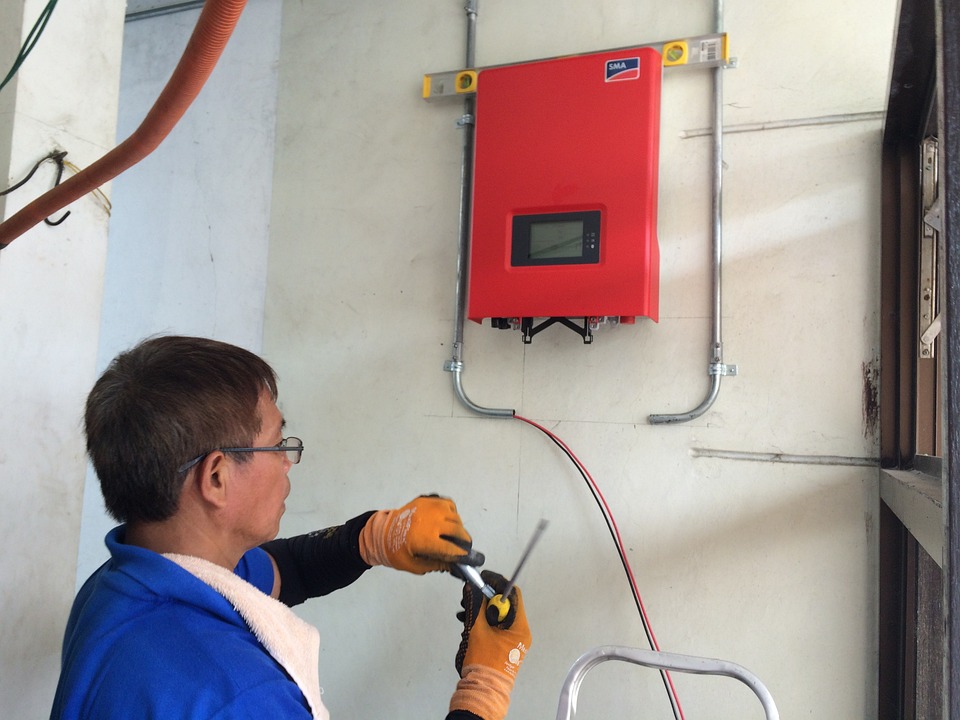In the dynamic world of solar energy, Fronius has emerged as a prominent player, known for its innovative inverters that convert the sun’s energy into usable electricity. However, like any sophisticated technology, Fronius inverters may encounter occasional hiccups, manifesting in error codes. Understanding Fronius Inverter Error Codes is crucial for effective troubleshooting and ensuring uninterrupted solar power generation.
Table of Contents
Unveiling the Fronius Inverter
Before delving into error codes, let’s grasp the essence of Fronius inverters. These devices are the heart of solar power systems, responsible for converting direct current (DC) generated by solar panels into alternating current (AC) suitable for household use or grid connection. Fronius inverters are renowned for their efficiency, reliability, and advanced features that optimize energy production.
The Importance of Error Codes
Error codes serve as diagnostic tools, providing insights into the operational status of Fronius inverters. When a malfunction occurs, the inverter displays a specific code, aiding both users and technicians in pinpointing the underlying issue. By interpreting these codes accurately, timely interventions can be made to rectify faults and restore optimal functionality.
Deciphering Common Error Codes
- Error Code 102: This code typically indicates a grid voltage issue. It may stem from an unstable grid connection, voltage fluctuations, or insufficient voltage levels. Checking the grid connection and contacting the utility provider for voltage assessment are advisable steps.
- Error Code 509: Overtemperature warnings are denoted by this code. High ambient temperatures or inadequate ventilation around the inverter may trigger this alarm. Ensuring proper airflow and installing the inverter in a shaded, well-ventilated area can mitigate overheating risks.
- Error Code 301: Ground fault detections are signaled by this code. It suggests an electrical leakage to ground, which could pose safety hazards. Promptly disconnecting the inverter and consulting a qualified electrician to identify and resolve the fault is imperative.
- Error Code 305: Insulation resistance faults are indicated by this code, highlighting potential insulation breakdowns within the system. Thorough inspection of electrical connections and components, along with insulation testing, is recommended to address this issue comprehensively.
- Error Code 515: DC injection warnings are associated with this code, indicating excessive direct current in the AC output. This may result from faulty components or improper system configurations. System troubleshooting and component replacement may be necessary to rectify this anomaly.
Proactive Measures for Error Prevention
While error codes offer invaluable insights during troubleshooting, preemptive measures can minimize their occurrence:
- Regular Maintenance: Scheduled inspections and maintenance routines can preemptively identify potential issues before they escalate into major faults.
- Monitoring Systems: Utilizing monitoring systems or software allows real-time tracking of inverter performance, facilitating early anomaly detection.
- Proper Installation: Ensuring proper installation by certified professionals adhering to manufacturer guidelines reduces the likelihood of errors stemming from installation flaws.
Conclusion: Harnessing Solar Power Reliably
Fronius inverters epitomize efficiency and reliability in the realm of solar energy utilization. Understanding and interpreting error codes empowers users to address malfunctions promptly, ensuring uninterrupted solar power generation. By adhering to proactive maintenance practices and leveraging diagnostic insights, harnessing solar energy becomes not just sustainable but also seamlessly reliable.
In the evolving landscape of renewable energy adoption, Fronius continues to innovate, driving the transition towards a greener, more sustainable future. With comprehensive knowledge of error codes and proactive maintenance strategies, solar power enthusiasts can navigate any challenges with confidence, maximizing the benefits of solar energy utilization.

